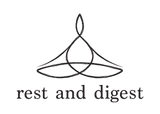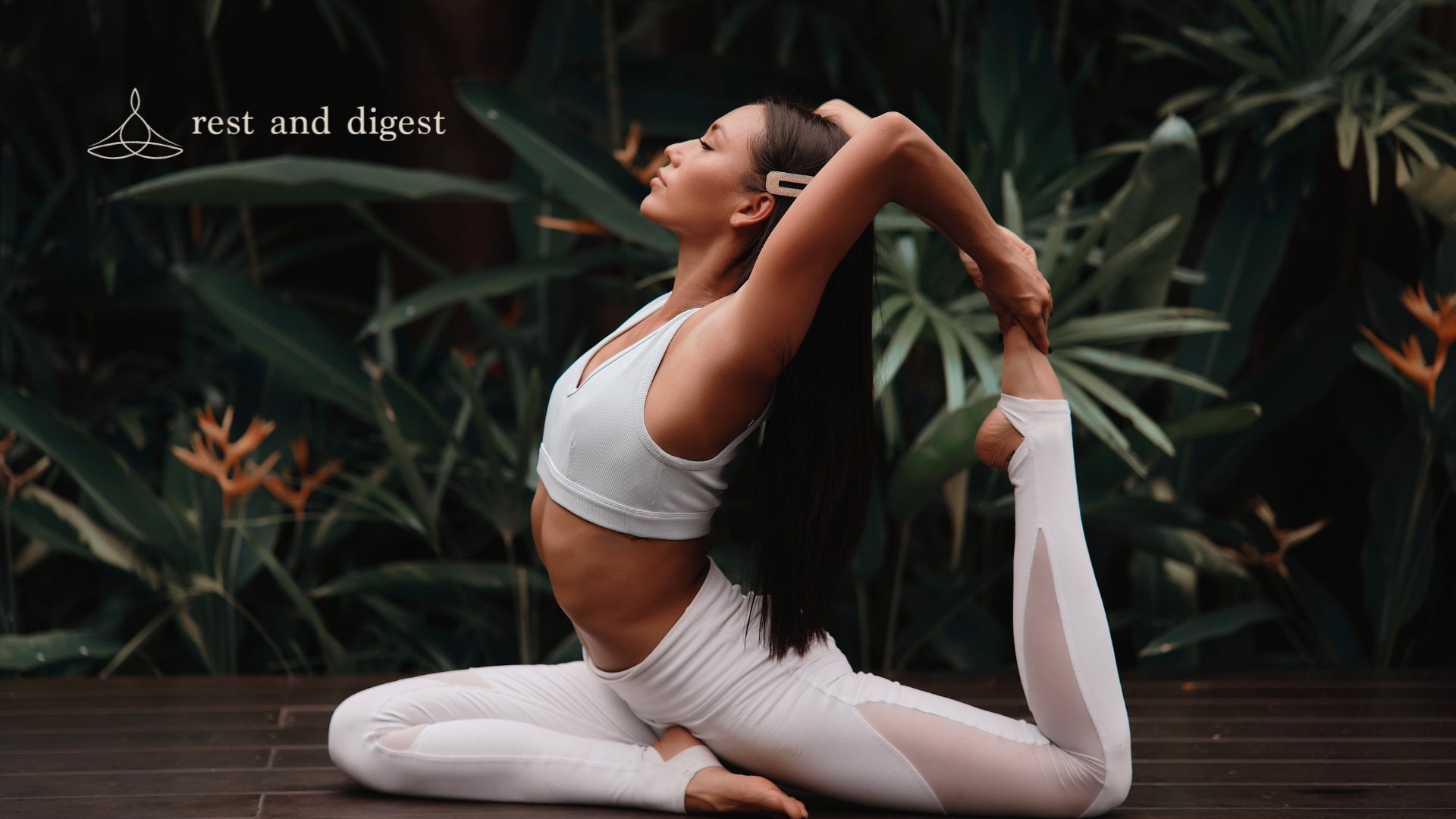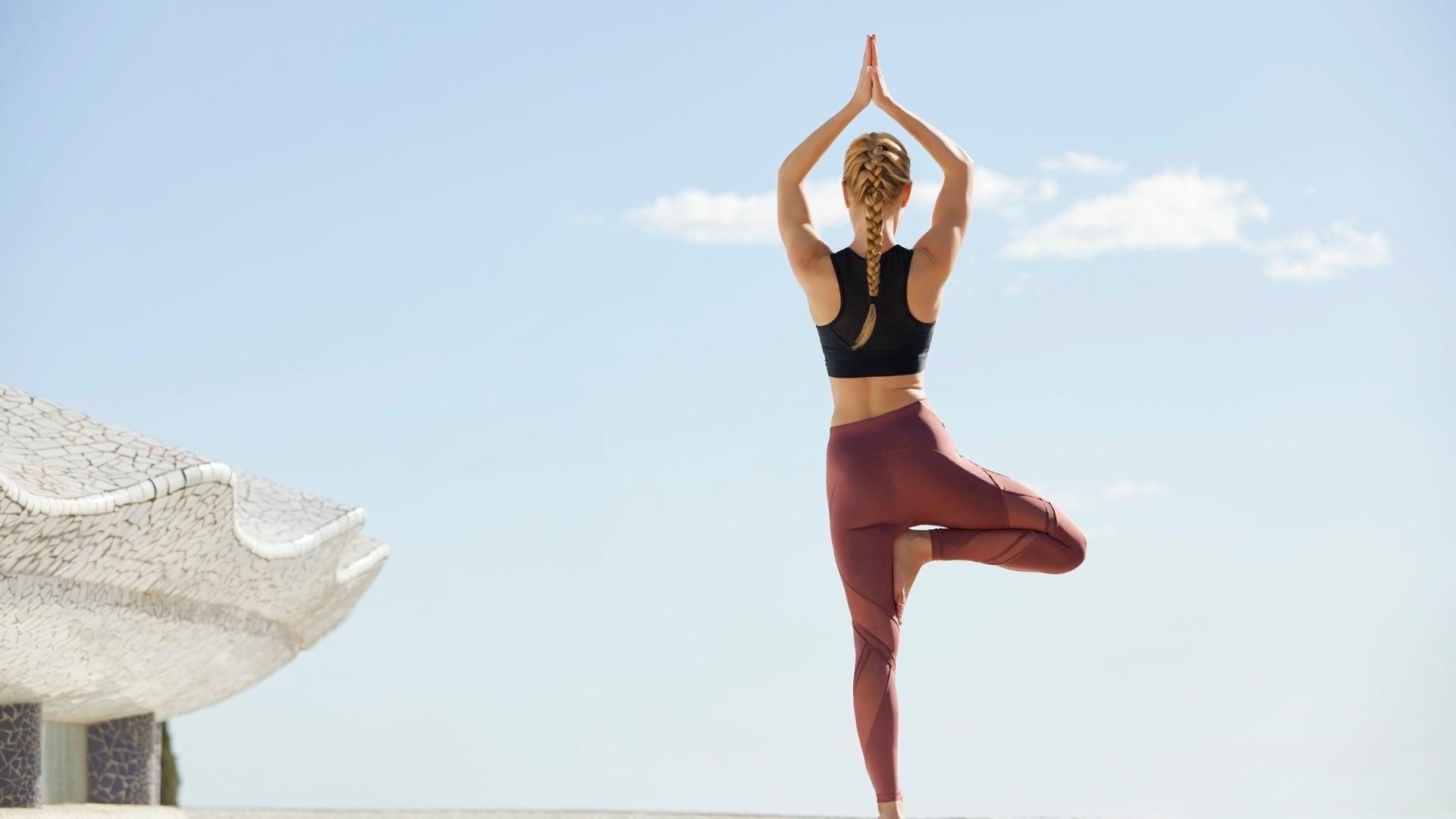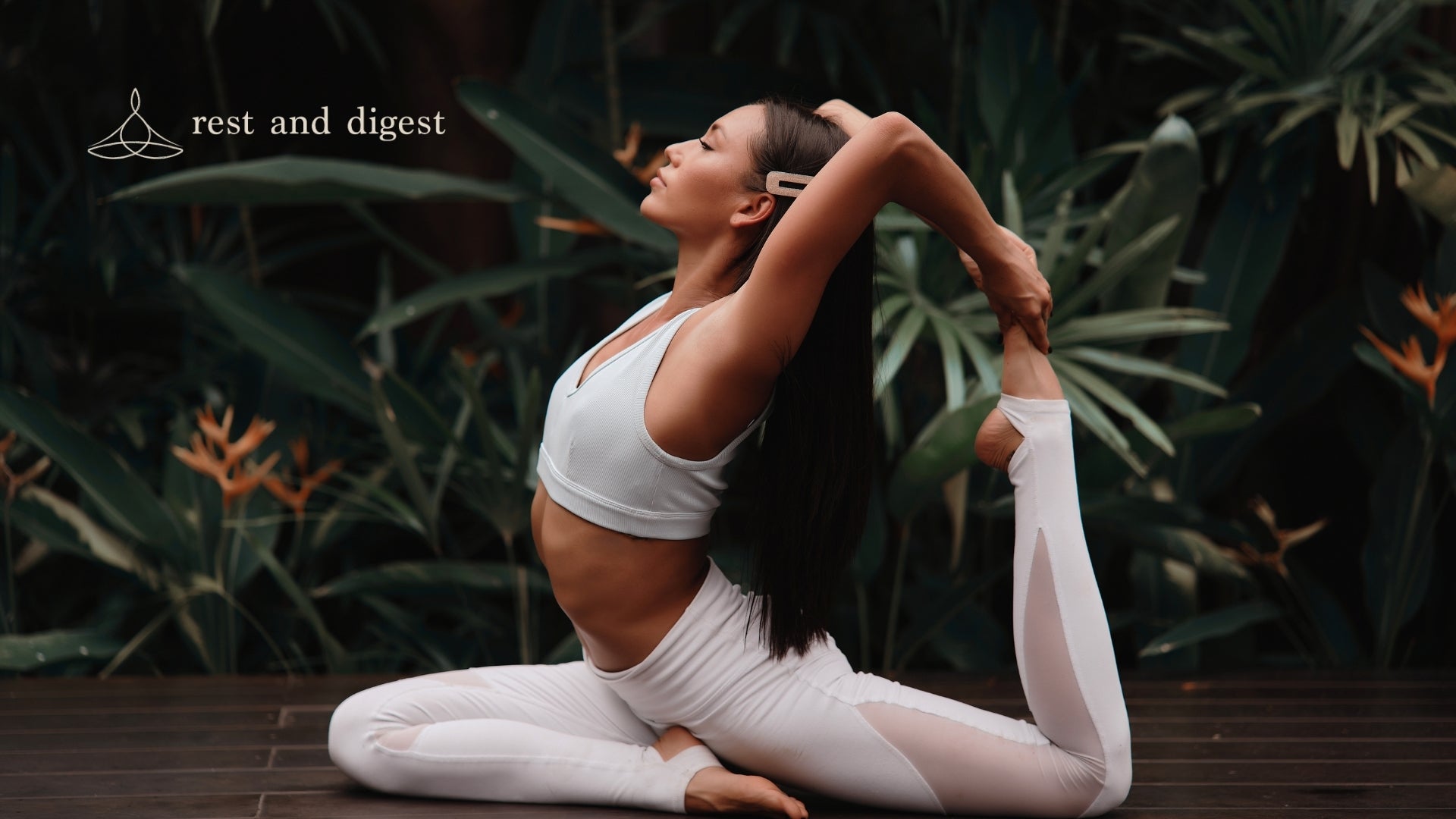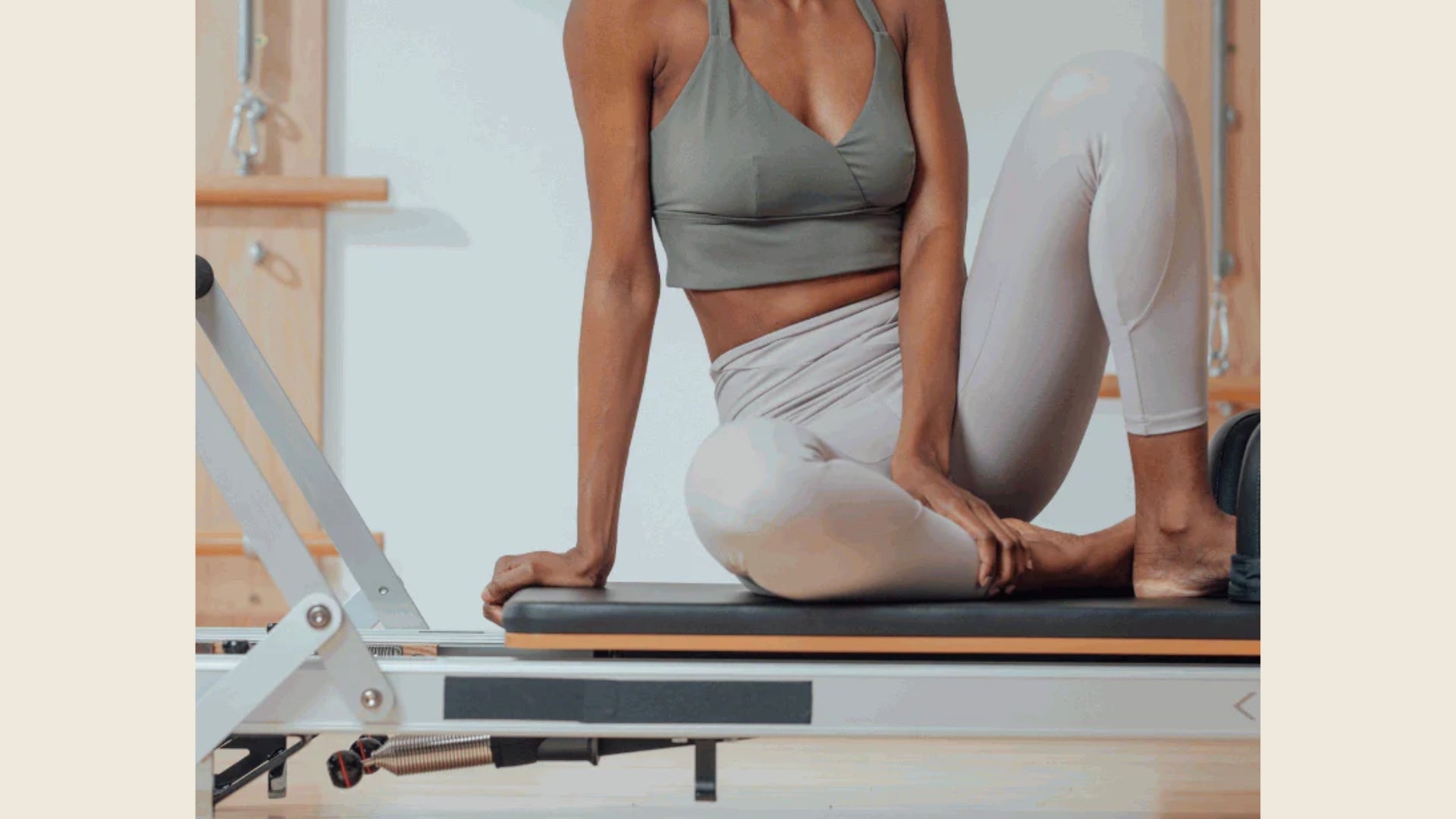
Yoga vs Pilates - Which is Better?
When it comes to mind-body fitness, two practices have become highly popular, yoga vs pilates. Though they both lead to emotional and physical wellness, each one has its own principles, self care techniques, and benefits. So, which one suits you best? Yoga or Pilates?
This article examines some of the important differences between yoga vs pilates that will help you determine which approach is most suited to your goals and preferences.
Origins and Philosophies
Yoga: Yoga, dating back thousands of years ago in ancient India originated from a spiritual discipline aimed at achieving harmony between the mind, body, and spirit. Based on Hinduism and Buddhist traditions, yoga represents life in a holistic mode that involves physical postures (asanas), breathing exercises (pranayama), meditation as well as ethical codes like yamas and niyamas.
Pilates: Joseph Pilates was responsible for creating this exercise regimen during the early 20th century called “Contrology”. Unlike the spirituality-oriented yoga tradition, pilates emerged as a physical conditioning system focusing on strengthening the core muscles of the body for better posture and flexibility. According to Joseph Pilates, controlled movements, proper alignment of body parts with correct positions and mindful breathing were the core of his work regimen to promote overall mental health and fitness.
Focus and Emphasis
Yoga: Flexibility, balance, and inner peace are the key areas of attention in yoga. Yoga includes a wide range of practices that vary from gentle meditative styles to those that are more dynamic and physically challenging. Yoga is mainly focused on one thing: breathing alongside movement, hence helping people become aware of themselves, relax, and even forget their problems momentarily. While yoga does strengthen muscles, its overall goal is to help you feel better and integrate mind and body.
Pilates: Pilates centers on building core strength, and enhancing stability, while also developing muscular endurance. This is different from yoga where you may stay in a particular posture for long periods; pilates involves dynamic movements involving dynamic muscle groups at once. In pilates exercises, deep muscles around the pelvic area are activated leading to improved postures that can be used for functional strength training as well as better body awareness.
Techniques and Practices
Yoga
There are different styles of yoga each with its unique and specialized practice.
Hatha Yoga: A gentle yoga style that concentrates on the basics of poses and breathing, good for beginners to yoga.
Vinyasa Yoga: Known as flow yoga, Vinyasa yoga has a series of moves that are coordinated with breaths.
Bikram Yoga: This kind of hot yoga is performed in heated rooms, with 26 specific postures being followed.
Ashtanga Yoga: This type of asana consists of a sequence of dynamic and demanding poses.
Yin Yoga: Yin yoga involves extended holding times of postures to target connective tissues and get into relaxation mode.
Kundalini Yoga: This includes a dynamic set of movements, breathing exercises, and chants all designed to awaken energy.
Pilates
There are different kinds of Pilates programs but they all share common principles laid down by Joseph Pilates.
Mat Pilates: This involves exercises done on the floor using a mat, emphasizing core strength, alignment, and stability.
Reformer Pilates: A special apparatus called a reformer is used in this type of pilates so that it can provide support and resistance through which a larger scope of movement can be achieved.
Contemporary Pilates: These make use of modern equipment and techniques often rendering the traditional workouts more advanced.
Classical Pilates: This one focuses on precision as well as control basing its exercises on those left behind by Joseph Pilates himself.
Breath Work and Mindfulness
When comparing yoga vs pilates, breathwork is a vital part of both though in different ways. In yoga, breathing awareness is woven intricately through every pose serving as a means to deepen stretches, be there more fully, and settle the mind. There are different breathing techniques such as ujjayi breath or alternate nostril breathing which are meant to regulate energy flow as well as increase concentration.
Similarly, pilates emphasizes mindful breathing to support movement and enhance core engagement. Practitioners are encouraged to breathe in rhythm with controlled, precise movements thereby fostering an internal connection and focus. When paired with specific moves like spinal articulation and pelvic stabilization, inhaling and exhaling assist in body consciousness hence efficient patterns of motion according to Pilates.
Benefits and Outcomes
Yoga: Yoga has several benefits that go beyond the physical level into mental, emotional, and spiritual areas of life. Doing yoga regularly can lead to increased flexibility, strength, and balance alongside reducing stress, tension, or depression. Yoga encourages inner peace, and relaxation in one’s self as well as promoting interconnectedness between people who practice it. Yoga has also been linked to improved cardiovascular system health among other physiological conditions such as strengthened immunity levels resulting in a better quality lives for its participants.
Pilates: Pilates is popularly known for its ability to create stability, core strength, and muscle endurance. It works on the pelvis, deep muscles of the abdomen, and spine thus making a person’s body posture better, relieving back pain, and aiding functional movements. Pilates also promotes flexibility coordination and body awareness thus making it ideal for injury prevention and rehabilitation. It also helps develop long lean muscles that give the body a toned and sculpted look.
Choosing the Right Practice for You
So yoga vs pilates; Which one to practice? When deciding between the two, you need to consider your personal inclinations, purposes, and physical state.
Select yoga, if you’re seeking a holistic practice that unifies physical, psychological, and spiritual facets. Yoga is good for people who want to conquer stress overloads, learn relaxation techniques, or perhaps want to know themselves better or grow spiritually. See the rest and digest yoga mat here and also our extra long yoga straps and blocks.
Choose pilates, if the top priority in your life is given to fitness, body strength, and functional moves. If you are someone wishing for improved posture correction as well as healing from injuries and enhancing athletic performance while developing body awareness, this would definitely be of interest to you.
Eventually, yoga vs pilates? Or both? The integration of mind-body practices can go a long way towards enhancing overall well-being plus boosting healthiness in general. Try out different classes and styles until you find what works best for you.
Final Thoughts
Even though yoga and pilates provide many benefits to one’s health, they differ in terms of their origins, philosophies, techniques, and outcomes. The practice of yoga places emphasis on peacefulness, mindfulness, and spiritual growth while pilates is based on strength, stability, and physical conditioning. It doesn’t matter whether you like the methodical flow of yoga or the focus and discipline of pilates; having any of these practices will contribute towards improved fitness, vigor, and wellness generally. Ultimately, the decision of choosing yoga vs pilates comes down to your personal needs, goals, and preferences.

